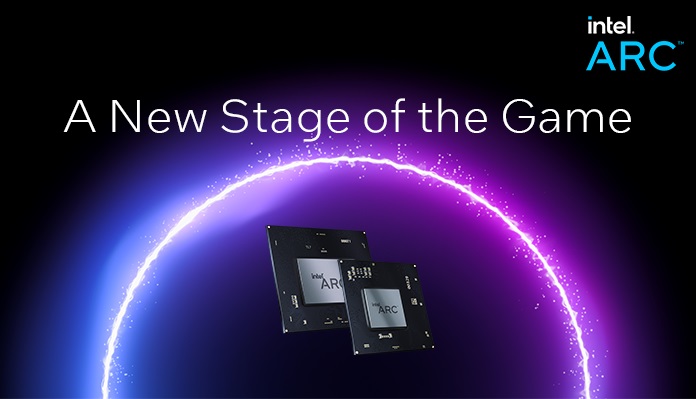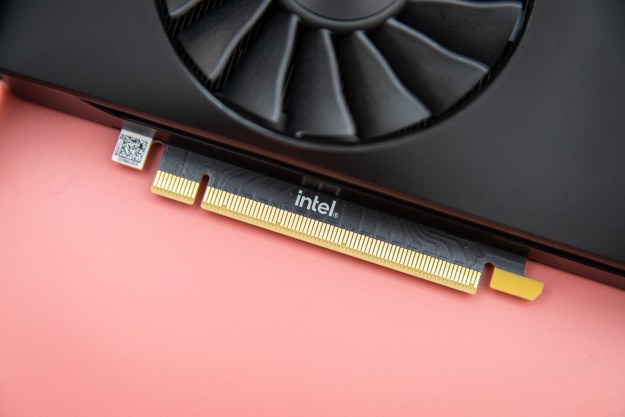Intel has been working on its reentry into the GPU market with its Arc Alchemist lineup, which launches at the end of this month. However, Team Blue appears to have also been working on a mysterious new product that could potentially change the landscape of the gaming laptop market … or not.
Well-known tech reporter Igor Wallossek has seemingly spotted a new entry for an unknown DG2 GPU that was listed on Intel’s non-public ARK database.

As reported by VideoCardz, Intel has two product databases that provide details for its products, a public ARK and a private ARK that can only be accessed by preapproved partners. Wallossek reports that he managed to get a sneak peek of one of the GPUs found within the private ARK.
Although it’s shown as a graphics card board, the market code name of DG2 is joined by another category, DG2MB (shown as “Family Name” on the private ARK).
An educated guess might indicate this mysterious listing is associated with a DG2 discrete GPU attached to a motherboard. This assumption makes the most sense as a clock speed of 4GHz is listed, which is likely to be among the technical specifications of the CPU as opposed to the GPU.
Where things start to get interesting is the fact that the listing shows that the product features a thermal design power (TDP) of 200 watts. As highlighted by WePC, GPUs designed for laptops do not usually offer such a high wattage amount. Comparatively, the DG2 512 GPU created for desktop systems sports a TDP of approximately 225W. However, it’s not the sort of power manufacturers integrate into their laptops.
WePC speculates that the experimental board could be just that: Experimental. Either way, if it truly does exist, then Intel has managed to incorporate a GPU normally reserved for desktops onto a laptop’s motherboard. It would definitely inject some innovation into the mobile PC market.
However, a more plausible explanation behind the listing is the high TDP amount is being connected to the entire system’s core components, including the motherboard, CPU, and GPU — as opposed to solely powering a monster GPU unit. Lending credence to this theory is Wallosek’s confirmation that the GPU is listed as BGA2660. VideoCardz notes that this is exactly the same package as the 512EU GPU for laptops.
Ultimately, we’re either looking at an internal system created for testing purposes, or a motherboard that is outfitted with a DG2 GPU. If the latter does come to fruition, then Intel is certainly determined in its intention to disrupt the gaming laptop industry. Its first mobile Arc Alchemist GPUs was recently confirmed for a March 30 launch.
Editors' Recommendations
- Some Intel CPUs lost 9% of their performance almost overnight
- We might have an answer to Intel’s crashing crisis
- Intel Battlemage graphics cards: release date speculation, price, specs, and more
- Acer gets serious about 14-inch gaming laptops
- Gamers are reportedly returning Intel Core i9 CPUs in droves





